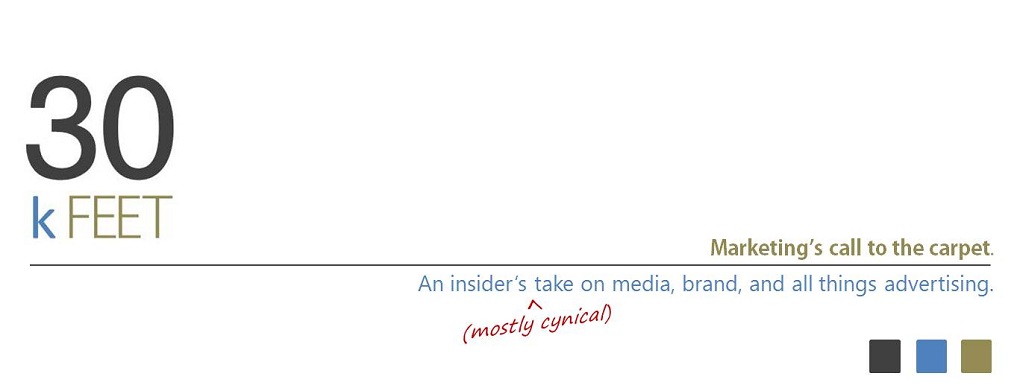When it comes to targeting, the post office knows as much as Homer does about nuclear power.
A report filed by the Postal Service inspector general today pointed to a mass overproduction on a run of The Simpsons Commemorative Stamps back in 2009 and 2010 as evidence to the USPS’s sustained failure to operate efficiently.
A report filed by the Postal Service inspector general today pointed to a mass overproduction on a run of The Simpsons Commemorative Stamps back in 2009 and 2010 as evidence to the USPS’s sustained failure to operate efficiently.
 |
| "Woo-hoo!" |
“If the Postal
Service can’t address a simple matter such as determining how many
commemorative stamps to produce, it shows they can’t address the larger
problems,” Tom Schatz, president of Citizens
Against Government Waste, said. “Unfortunately, even a small item can
create larger problems.”
Commissioned to commemorate the series’ landmark 20th
season, the USPS anticipated demand to exceed that of their Elvis Presley
promotion 2-fold.
They printed 1B of the collection featuring Homer, Marge,
Bart, Lisa and Maggie.
More than two years later, the USPS still holds 682M Simpson
stamps in unsold inventory.
Nowhere to go
Marked with a face-value of 44 cents, the unused stamps are
now a penny under the rate required to deliver a standard envelope. And with the
advent of the Forever Stamp, the USPS no longer produces the 1 cent stamps that
used to make up the difference between rate increases.
Who’s Your AOR, Post
Office?
We asked the same question of NASA in a post
back in February. And we realize government-run organizations aren’t provided
the big ad budgets afforded free market entities.
But, come on!
How can you miscalculate
anticipated demand by so much that nearly 69% of your stock falls into obsolescence
still sitting in inventory?
Now, I’m a HUGE fan of The Simpsons (I’ll take anyone on in a game of Springfield trivia).
I had the stamps.
But, only because my grandma sent them to me. And it took me the bulk of a year
to use the wallet of 20 she sent – some making their way onto Christmas cards
just to deplete my stock.
Do you know your
target market at all?
I took it upon myself to draw a Venn diagram comparing
fans of The Simpsons with Post Office regulars.
To start, the market for stamps skews much (much)
older. Didn’t the rise of online bill pay teach you anything? Only blue-hairs (see ref. 1
and 2) come into the Post Office nowadays (Marge Simpson EXcluded).
Although it’s been on TV for 20+ years, The
Simpson’s target demo still remains younger by comparison.
Furthermore, I’m guessing that a woman/matriarch calls the shots at the majority of households
still in the market for stamps. With a fan
base derived of mostly men, another misfire for team Homer and Marge.
So stamps are still popular with older women who like to pay
their bills via mail and send cards to the grand kids while The Simpsons is
popular among liberal, late 20’s/early 30-something males?
It’s no wonder the Elvis
stamps danced right off the shelves while The Simpsons sat collecting dust.
Licensing is great, but only when the demographics of licensee
and licensor align.
Otherwise it’s one big “D’oh!”








